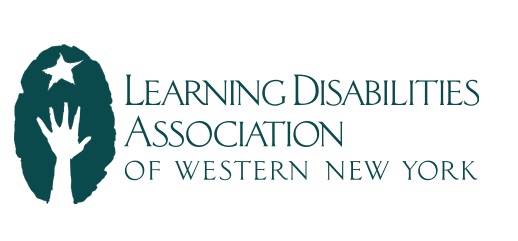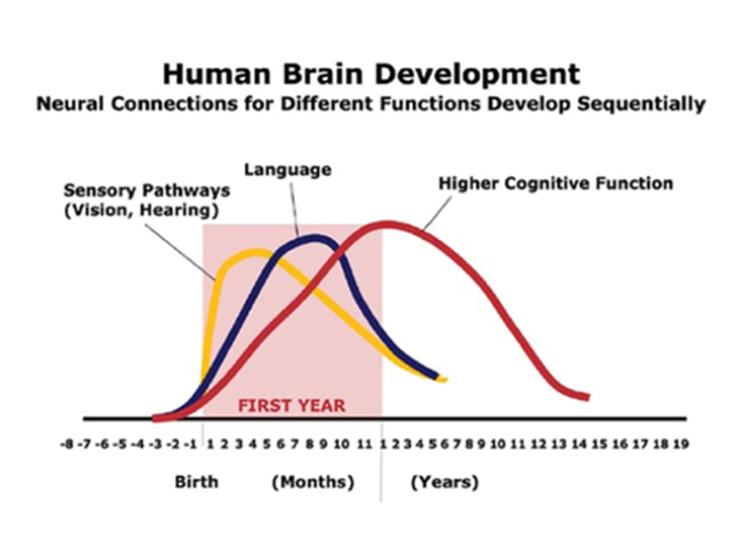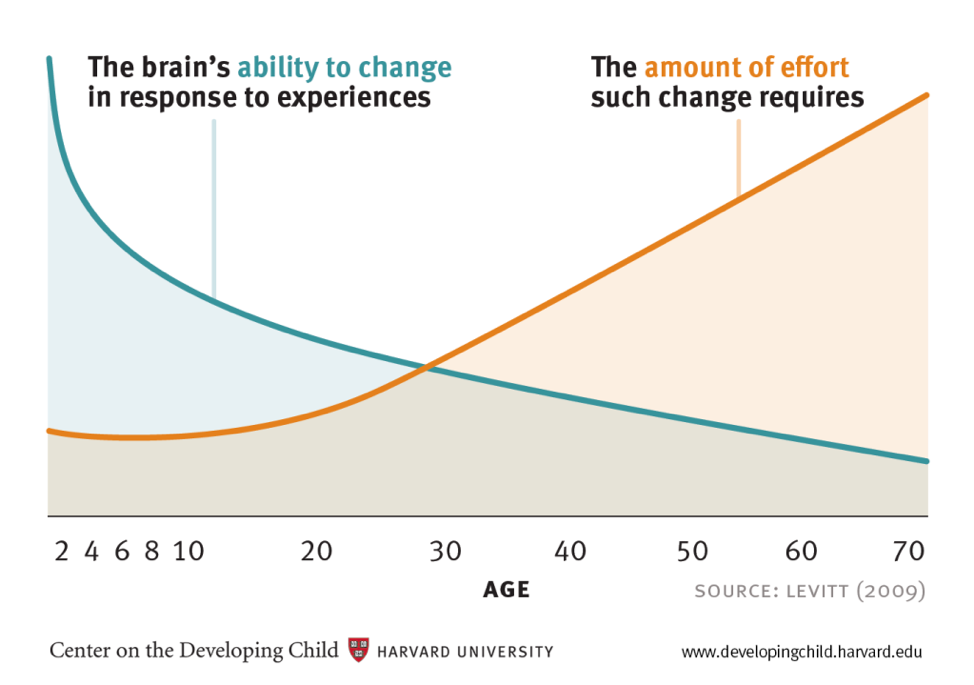
Our guest blogger for this post is Leah Bartlo of the Learning Disabilities Association of WNY
According to the Erie County Health Department, thousands of children under the age six are diagnosed with an elevated blood lead level (EBLL) each year in Erie County and thousands more are exposed to lead hazards in their home every day. A big contributor to this is the fact that in the city of Buffalo, 93% of homes were built before 1978 — the year lead paint was banned from use in homes — and likely contain lead hazards.
The Centers for Disease Control and Prevention (CDC) has stated there is no safe level of lead in a child’s blood and sets a reference level – currently five micrograms per deciliter ( 5 µg/dL ) – at which the public health actions are recommended to prevent or mitigate exposure. But, research demonstrates even lower levels can harm the developing brain of a young child and put them at much greater risk of negative outcomes later in life. In addition to damaging physical health, lead exposure can result in decreased IQ, speech and hearing issues, lower reading and math test scores, increased risk of learning disabilities, ADHD, behavioral, and mood disorders, as well as increased suspensions and dropping out of school. All of these factors can have a significant impact on a child’s future, leading to underemployment, lower socioeconomic status, increased arrests, and, ultimately, decreased quality of life.
In 2015, the CDC released a report compiled by a group of experts recommending that lead-exposed children should have streamlined access to assessment, intervention and special education services. They concluded the “consistent link between low-level lead exposure and the reduced ability of children to do well in school suggest that lead exposure is responsible for a significant and modifiable effect on the achievement gap.”
Early Intervention (EI) was established under the federal Individuals with Disabilities Education Act (IDEA) to reduce developmental delays among young children. However, currently, most states do not offer automatic eligibility for EI to lead-exposed children, despite the recommendation by the CDC.
The crux of the issue is that the federal law allows states to determine eligibility for EI services and most states require children demonstrate deficits to qualify. The issue with lead is that children who have been exposed often experience issues with learning and/or behavior that typically do not emerge or become apparent until a child starts school and has greater demands placed on them. By waiting for problems to occur before helping these children, we miss the crucial window in early brain development when intervention would be most effective and less costly than ongoing special education services.
Children exposed to lead are falling through this gap in the system. Recognizing this, in 2017 the Learning Disabilities Association of WNY (LDA of WNY) began an innovative program known as LEAD716. The Tower Foundation provided a $197,000 grant to launch this initiative. The mission of LEAD716 is to minimize the effects of lead on learning.
According to LDA of WNY Executive Director, Marc Hennig, “With LEAD716, we are focused on helping kids before they enter school – before they encounter learning problems – at an age when they are more resilient. It is our hope that, as a result of this program, children in WNY who have been affected by lead will lead healthier, more productive lives.”

Neural connections formed during the first months and years of life; Source: C.A. Nelson (2000); Credit: Center on the Developing Child.
LEAD716 is designed to assist young children as soon after diagnosis as possible. It is important for parents to know that their child may not necessarily exhibit any obvious symptoms, particularly with low levels of exposure, and that intervening early can make a difference later when their child enters school – so that they don’t start school already behind their peers, or fall behind as their lessons become more challenging.
The goal of LEAD716 –beyond providing educational support to about 100 children enrolled annually – is to demonstrate the importance of early intervention to children exposed to lead so that widespread interventions can be developed and provided to all children with blood lead levels. To this end, in 2019, LEAD716 began a partnership with the University at Buffalo Law School’s Environmental Advocacy Clinic. Together they are leading the charge in New York to advocate for the adoption of automatic early intervention eligibility, and for services for lead-exposed children due to having a diagnosed medical condition that typically results in delay.
Professor Kim Diana Connelly, Director of the UB Law Environmental Advocacy Clinic stated, “The policy work of LEAD716 can not only change individual lives by offering early actions that help impacted children but can help policymakers understand the breadth of lead poisoning’s impacts and make decisions to ensure that our youth can live up to their best potential.”
In October 2019, with support from Erie County Legislature Chairwoman April Baskin, a resolution was passed in the Erie County Legislature (page, calling on Albany to change legislation and include children with EBLLs in the state’s EI program. State-wide legislative change would benefit thousands of at-risk children each year, most of whom are not currently eligible to receive EI services. The resolution also calls on Erie County to initiate a pilot program, similar to that initiated by LEAD716, providing support to 100 children exposed to lead and their families in Erie County to demonstrate the impact early interventions can have across the state.
Lead poisoning is 100% preventable and focus should remain on primary prevention. Eliminating immediate danger and preventing continued exposure are crucial; however, there are currently no widespread interventions that address the long-term consequences of lead poisoning on children’s learning and behavior. The power of early intervention to mitigate the damage of lead cannot be ignored. Not only would EI improve the quality of life for children affected by lead, but it would also save taxpayer money. It is easier and less costly to address these issues with early intervention than ongoing special education in K-12.

It is easier and less costly to form strong brain circuits during the early years than it is to intervene or “fix” them later.
While 19 states now provide automatic eligibility for EI services to children with elevated BLLs (Ohio and Illinois are the most recent to pass laws in the summer of 2019), LEAD716 is leading the charge to secure increased access to essential early childhood supports and services for lead-exposed children in New York.
LEAD716 is funded by the Peter and Elizabeth C. Tower Foundation, the Community Foundation for Greater Buffalo, and the Cullen Foundation. For more information about LEAD716, contact Program Director, Leah Bartlo, lbartlo@ldaofwny.org.

